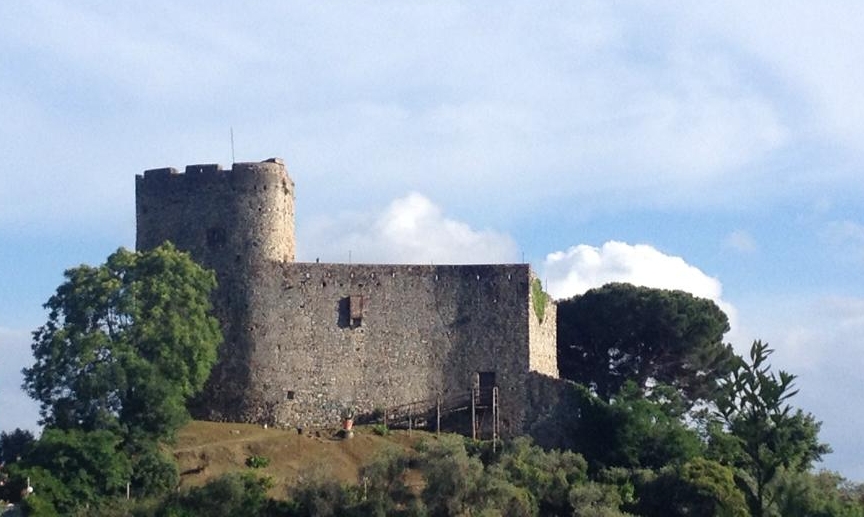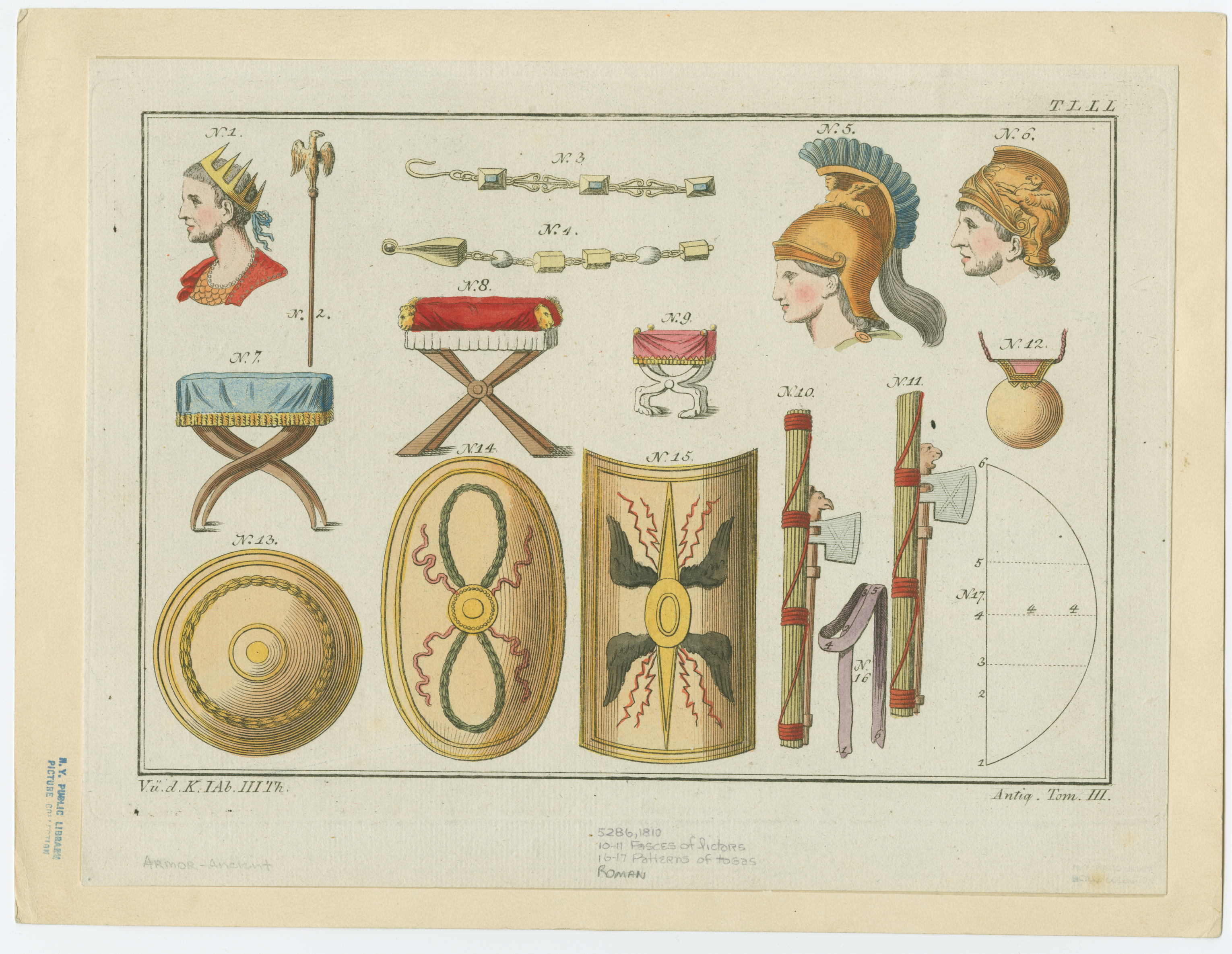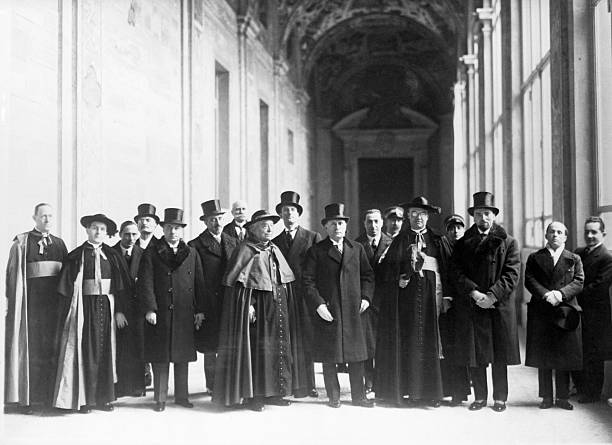|
Province Of Genoa
The province of Genoa () was a province in the Liguria region of Italy. Its capital was the city of Genoa. It was replaced by Metropolitan City of Genoa. Overview It has an area of and a total population of about 0.9 million (2009). There are 67 ''comuni'' (: ''comune'') in the Metropolitan City of Genoa. The city of Genoa would be named after a mythical two-headed God, Janus, protector of ships. Or it could derives from a Ligurian tribal word, for "knee" (genu), or the Latin name for gate, "janua". The city is set at the foot of mountains in the Gulf of Genoa at the most northerly end of the Tyrrhenian Sea, where at one time it ruled the maritime world. Genoa has fine examples of Baroque Church and Palace architecture. History With the establishment of the Republic of Genoa in the 11th century, the whole territory subjected to it was divided into underlying local podesterias. At the same time, in some areas of the Genoese territory, the creation of lordships, subjected or, ... [...More Info...] [...Related Items...] OR: [Wikipedia] [Google] [Baidu] |
Provinces Of Italy
The provinces of Italy ( ; Grammatical number#Overview, sing. ) are the second-level administrative divisions of the Italy, Italian Republic, on an intermediate level between a municipality () and a regions of Italy, region (). Since 2015, provinces have been classified as "institutional bodies of second level". There are currently 107 institutional bodies of second level in Italy, including 80 ordinary provinces, 2 autonomous provinces, 4 regional decentralization entities, 6 free municipal consortia, and 14 Metropolitan cities of Italy, metropolitan cities, as well as the Aosta Valley region (which also exercises the powers of a province). Italian provinces (with the exception of the current Sardinian provinces) correspond to the NUTS statistical regions of Italy, NUTS 3 regions. Overview A province of the Italy, Italian Republic is composed of many municipalities (). Usually several provinces together form a region; the region of Aosta Valley is the sole exception—i ... [...More Info...] [...Related Items...] OR: [Wikipedia] [Google] [Baidu] |
Fieschi Family
The House of Fieschi were an old Italian noble family from Genoa, Italy, from whom descend the Fieschi Ravaschieri Princes of Belmonte. Of ancient origin, they took their name from the progenitor ''Ugo Fliscus'', descendants of the counts of Lavagna. The family had close ties with the Angevin kings of Sicily. Later they also established links with French kings. The Fieschi family produced two popes and 72 cardinals. History Counts of Lavagna As Counts of Lavagna the Fieschi possessed a sort of judicial and political independence from the Republic of Genoa. This family, based in the nearby village of San Salvatore di Cogorno, built a vast noble domain in the Ligurian Levant and Chiavari hinterland. In 1010 the investiture of the Fieschi took place at Genoa: the family were created Counts of Lavagna. In the words of Henry the Holy, King of Italy since 1004 and Holy Roman Emperor from 1014 and the last of the Ottonian dynasty, 'Ordiniamo il predominato Fieschi vicario g ... [...More Info...] [...Related Items...] OR: [Wikipedia] [Google] [Baidu] |
Lavagna
Lavagna is a ''comune'' (municipality) in the Metropolitan City of Genoa, in the Italian region of Liguria. History and culture The village, unlike nearby Chiavari which has pre-Ancient Rome, Roman evidence, seems to have developed in Ancient Rome, Roman times with the Latin name of ''Lavania''. The name has remained unchanged, over the centuries, until it became the current toponym of Lavagna in the following centuries. Since 1198 it was a fief of the Fieschi family, who used Lavagna as their stronghold in the numerous inner struggles of the Republic of Genoa. In 1564 it was sacked by the admiral of the Ottoman fleet Occhiali. From 1815 it was part of the Kingdom of Sardinia and, later, of the unification of Italy, Kingdom of Italy. The city recreates Medieval Times, medieval festivities annually as the Torta dei Fieschi ("Fieschi Cake Party"), since 1949, the festivities is about a colorful parade through the Lavagna streets that reunites the inhabitants of the six medieva ... [...More Info...] [...Related Items...] OR: [Wikipedia] [Google] [Baidu] |
Sestri Levante
Sestri Levante () is a town and ''comune'' in the Metropolitan City of Genoa, Liguria, Italy. Lying on the Mediterranean Sea, it is approximately south-east of Genoa and is set on a promontory. While nearby Portofino and the Cinque Terre are probably the best-known tourist destinations on the Italian Riviera, Sestri Levante has become popular among Italians. This once quiet fishing village has slowly turned into a tourist hotspot, developing an old and a new town. Geography Sestri Levante is found approximately halfway between Genoa and La Spezia. The town has two bays: Baia delle Favole, (Bay of the Fables), and Baia del Silenzio, the (Bay of Silence). The original part of Sestri Levante is actually on a peninsula, with the Baia del Silenzio (also known as "Portobello") on one side and Baia delle Favole on the other. Baia delle Favole or “Bay of Fairy Tales” was named in honor of Danish writer, Hans Christian Andersen, who lived in Sestri Levante for a short time in 1833. ... [...More Info...] [...Related Items...] OR: [Wikipedia] [Google] [Baidu] |
Chiavari
Chiavari (; ) is a seaside comune (municipality) in the Metropolitan City of Genoa, in Italy. It has about 28,000 inhabitants. It has a beachside promenade and a marina and is situated near the river Entella (river), Entella. History Pre-Roman and Roman Era A pre-Roman necropolis, which dates from the 8th to 7th century BC, has been uncovered in the area where Chiavari is located now. Chiavari grew up on the traces of a Roman camp on the Via Aurelia. Medieval Era A Chiavari Castle, castle was constructed in 1147. The old town contains numerous arcades and buildings from the 13th century, including a castle, several mansions, and the nearby Church of San Salvatore di Lavagna, which was founded in 1224 by Innocent IV. The cathedral was rebuilt in 1613. Famous as a center of humanism, Chiavari has a public library with a collection of manuscripts and incunabula. After the discovery of the conspiracy of the Fieschi, in 1542, and the capture of Chiavari by the Counts of Lavagna, ... [...More Info...] [...Related Items...] OR: [Wikipedia] [Google] [Baidu] |
Rapallo
Rapallo ( , , ) is a ''comune'' (municipality) in the Metropolitan City of Genoa, in the Italy, Italian region of Liguria. As of 2017 it had 29,778 inhabitants. It lies on the Ligurian Sea coast, on the Tigullio Gulf, between Portofino and Chiavari, 25 kilometers east-south east of Genoa itself. The Parco Naturale Regionale di Portofino, encompassing the territory of six Ligurian communes, includes the Rapallo area. History The first settlement dates probably from the 8th century BC, although the findings have not clarified if it was Etruscan civilization, Etruscan or Megali Idea, Greek. The name of the city appears for the first time in a document from 964. In 1203, the Podestà of Rapallo was created, and the town became a Genoese dominion in 1229, remaining under that aegis until the Napoleonic Wars. Galleys from Rapallo took part to the Battle of Meloria (1284), Battle of Meloria of 1284. On 5 September 1494, it was captured by the Aragonese, but three days later 2,50 ... [...More Info...] [...Related Items...] OR: [Wikipedia] [Google] [Baidu] |
Fasces
A fasces ( ; ; a , from the Latin word , meaning 'bundle'; ) is a bound bundle of wooden rods, often but not always including an axe (occasionally two axes) with its blade emerging. The fasces is an Italian symbol that had its origin in the Etruscan civilization and was passed on to ancient Rome, where it symbolized a King of Rome, Roman king's power to punish his subjects, and later, a magistrate's Power (social and political), power and jurisdiction. The axe has its own separate and older origin. Initially associated with the labrys (; ), the double-Axe#Parts of the axe, bitted axe originally from Crete, is one of the oldest symbols of Greek civilization. The image of fasces has survived in the modern world as a representation of magisterial power, law, and governance. The fasces frequently occurs as a Charge (heraldry), charge in heraldry: it is present on the reverse of the U.S. Mercury dime coin and behind the podium in the United States House of Representatives and in the Se ... [...More Info...] [...Related Items...] OR: [Wikipedia] [Google] [Baidu] |
Fascist Italy (1922–1943)
Fascist Italy () is a term which is used in historiography to describe the Kingdom of Italy between 1922 and 1943, when Benito Mussolini and the National Fascist Party controlled the country, transforming it into a totalitarian dictatorship. The Italian Fascists imposed totalitarian rule and crushed political opposition, while simultaneously promoting Modernization theory, economic modernization, traditional social values and a rapprochement with the Roman Catholic Church. According to historian Stanley G. Payne, "[the] Fascist government passed through several relatively distinct phases". The first phase (1922–1925) was nominally a continuation of the parliamentary system, albeit with a "legally-organized executive dictatorship". In foreign policy, Mussolini ordered the pacification of Libya against rebels in the Italian colonies of Italian Tripolitania, Tripolitania and Italian Cyrenaica, Cyrenaica (eventually unified in Italian Libya), inflicted the Corfu incident, bombing ... [...More Info...] [...Related Items...] OR: [Wikipedia] [Google] [Baidu] |
Victor Emmanuel II
Victor Emmanuel II (; full name: ''Vittorio Emanuele Maria Alberto Eugenio Ferdinando Tommaso di Savoia''; 14 March 1820 – 9 January 1878) was King of Sardinia (also informally known as Piedmont–Sardinia) from 23 March 1849 until 17 March 1861, when he assumed the title of King of Italy and became the first king of an independent, united Italy since the 6th century, a title he held until his death in 1878. Borrowing from the old Latin title '' Pater Patriae'' of the Roman emperors, the Italians gave him the epithet of " Father of the Fatherland" (). Born in Turin as the eldest son of Charles Albert, Prince of Carignano, and Maria Theresa of Austria, Victor Emmanuel fought in the First Italian War of Independence (1848–1849) before being made King of Sardinia following his father's abdication. He appointed Camillo Benso, Count of Cavour, as his Prime Minister, and he consolidated his position by suppressing the republican left. In 1855, he sent an expeditionary corps to ... [...More Info...] [...Related Items...] OR: [Wikipedia] [Google] [Baidu] |
Campaigns Of 1796 In The French Revolutionary Wars
The French Revolutionary Wars continued from 1795, with the French in an increasingly strong position as members of the First Coalition made separate peaces. Austria and Great Britain were the main remaining members of the coalition. The rebellion in the Vendée was also finally terminated by General Hoche. Mignet's ''History of the French Revolution'' states: :"The Directory found the Rhine open towards Mainz, the war of La Vendée rekindled; the coasts of France and Holland threatened with a descent from England; lastly, the army of Italy destitute of everything, and merely maintaining the defensive under Schérer and Kellermann. Carnot prepared a new plan of campaign, which was to carry the armies of the republic to the very heart of the hostile states. Bonaparte, appointed general of the interior after the events of Vendémiaire, was placed at the head of the army of Italy; Jourdan retained the command of the army of the Sambre-et-Meuse, and Moreau had that of the army ... [...More Info...] [...Related Items...] OR: [Wikipedia] [Google] [Baidu] |
Kingdom Of Sardinia
The Kingdom of Sardinia, also referred to as the Kingdom of Sardinia and Corsica among other names, was a State (polity), country in Southern Europe from the late 13th until the mid-19th century, and from 1297 to 1768 for the Corsican part of this kingdom. The kingdom was a member of the Council of Aragon and initially consisted of the islands of Corsica and Sardinia, sovereignty over both of which was claimed by the papacy, which granted them as a fief, the (Kingdom of Sardinia and Corsica), to King James II of Aragon in 1297. Beginning in 1324, James and his successors Aragonese conquest of Sardinia, conquered the island of Sardinia and established ''de facto'' their ''de jure'' authority. In 1420, after the Sardinian–Aragonese war, the last competing claim to the island was bought out. After the union of the crowns of Aragon and Crown of Castile, Castile, Sardinia became a part of the burgeoning Spanish Empire. In 1720, the island and its kingdom were ceded by the House o ... [...More Info...] [...Related Items...] OR: [Wikipedia] [Google] [Baidu] |
Napoleon
Napoleon Bonaparte (born Napoleone di Buonaparte; 15 August 1769 – 5 May 1821), later known by his regnal name Napoleon I, was a French general and statesman who rose to prominence during the French Revolution and led Military career of Napoleon, a series of military campaigns across Europe during the French Revolutionary and Napoleonic Wars from 1796 to 1815. He led the French First Republic, French Republic as French Consulate, First Consul from 1799 to 1804, then ruled the First French Empire, French Empire as Emperor of the French from 1804 to 1814, and briefly again in 1815. He was King of Italy, King of Kingdom of Italy (Napoleonic), Italy from 1805 to 1814 and Protector of the Confederation of the Rhine, Protector of the Confederation of the Rhine from 1806 to 1813. Born on the island of Corsica to a family of Italian origin, Napoleon moved to mainland France in 1779 and was commissioned as an officer in the French Royal Army in 1785. He supported the French Rev ... [...More Info...] [...Related Items...] OR: [Wikipedia] [Google] [Baidu] |







